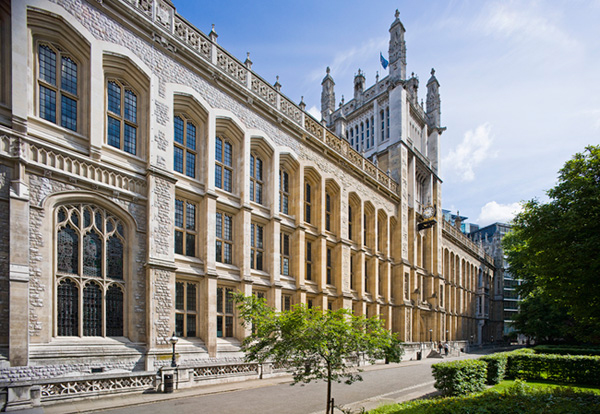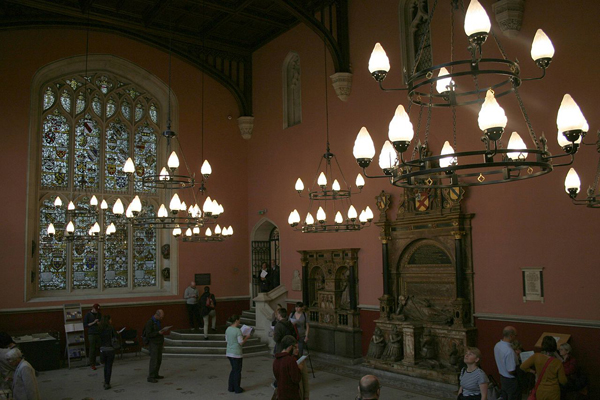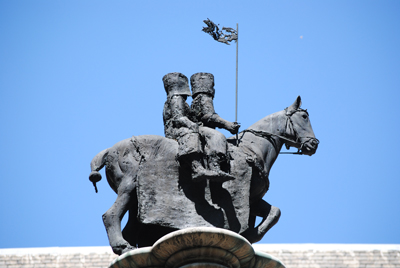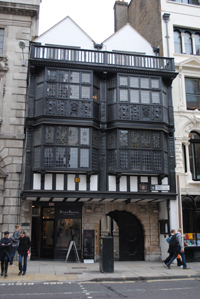Located in Chancery Lane, this “House for Converts” – for Jews who converted to Christianity – was founded in 1232 by King Henry III.
The buildings, which included a chapel as well as living quarters, provided a communal home for residents – needed because when they converted, they forfeited all their possessions to the king.
Chaplains were employed to teach the new converts and a warden appointed to manage their day-to-day living.
The Royal Treasury bore the expenses of the institution which included paying its residents a small income (although the annual grant from treasury apparently wasn’t always forthcoming leaving the residents destitute) and it was supplemented with a poll tax called the “chevage” levied on all Jews over the age of 12.
In 1290, King Edward I expelled the Jews from England. Residence here was officially the only way Jewish people could remain and some 80 residents apparently did so.
It’s said that apart from these original 80 residents (the last of whom – said to be a woman called Claricia of Exeter – died in 1356), only some 50 further converts were admitted between 1331 and 1608.
By the early 17th century, records of the buildings’ use as a house for Jewish converts had come to an end. The main residential building was destroyed in 1717 to make room for a new house for the Master of the Rolls – the chapel was at this stage being used as a storehouse for the rolls of Chancery.
Subsequently known as the ‘Rolls Chapel’, it was eventually largely demolished to make way for an extension to the Public Records Office which had been built on the site in 1851.
But some monuments from it are preserved in part of the former PRO known as the ‘Weston Room’ (pictured below).
In the late 1990s, the PRO moved out to Kew where it formed part of the National Archives. The building was acquired by King’s College London in 2000 and is now the Maughan Library.
PICTURES: Top – The Maughan Library (FormerBBC; licensed under CC BY-SA 4.0); Below – The Weston Room in what is now the Maughan Library (Cmglee; licensed under CC BY-SA 3.0)





 The first was in Holborn, located between the northern end of Chancery Lane and Staple Inn, and was known as the ‘Old Temple’ after which, in the latter years of the 12th century, the Templars moved their headquarters to the new site – ‘New Temple’ or
The first was in Holborn, located between the northern end of Chancery Lane and Staple Inn, and was known as the ‘Old Temple’ after which, in the latter years of the 12th century, the Templars moved their headquarters to the new site – ‘New Temple’ or 




